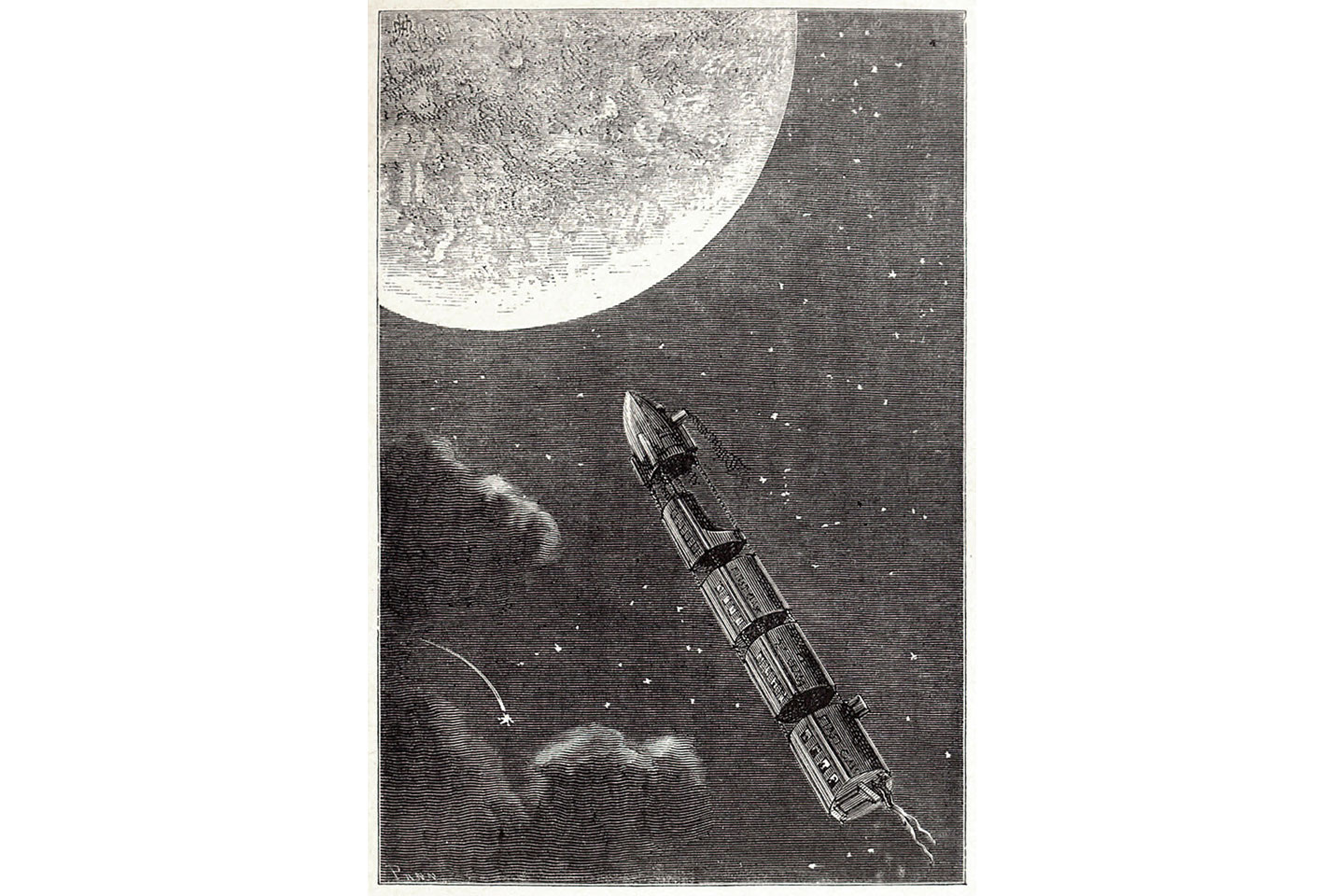
By David L. Bristow, History Nebraska
The story went like this: A “blazing aerolite” crashed near Benkelman in the southwestern corner of Nebraska. Local cowboys found metal machinery scattered over the prairie, but the intense heat kept them from getting too close. Returning the next day, they found the remains of an object “about 50 or 60 feet long, cylindrical, and about 10 or 12 feet in diameter.”
That was how the Lincoln-based Nebraska State Journal broke the news on June 8, 1884, under the headline “a celestial visitor.” The article provided additional details and names of multiple witnesses. In a separate column, the Journal said the machine might be from another planet “unless the alleged facts are greatly magnified or distorted.”
Two days later, the Journal reported even stranger news: The wreckage had dissolved in a rainstorm and disappeared entirely.
It sounded almost like something from a Jules Verne story.
Over the years, there were multiple searches for remains of the object, but the Journal finally exposed the story as a hoax in 1927. According to former assistant editor Horace Hebbard, the story was the invention of managing editor James D. Calhoun, who seemed to think it was a good joke.
Pat Gaster of History Nebraska investigated the story behind the story in 2013. “Newspaper hoaxes have probably been around as long as there have been newspapers,” she wrote, “but their popularity peaked during the late 19th century. Journalists sought to entertain as well as inform readers — and fill space — with stories that were wildly exaggerated and sometimes complete fabrications.”
Calhoun, Gaster said, was well known for his humorous tales and storytelling. (He once had a weekly newspaper column called “Nothing But Lies.”) He apparently figured that savvy readers would not fall for obvious tall tales, and those who did would make fools of themselves.
According to Hebbard, Calhoun’s “celestial visitor” story fooled at least one of the Journal’s own employees. A man from the business office quickly boarded a train, hoping to bring home wreckage to exhibit for a fee. “He was disillusioned when he arrived at Benkelman and found no one who had heard anything about the thing.”
